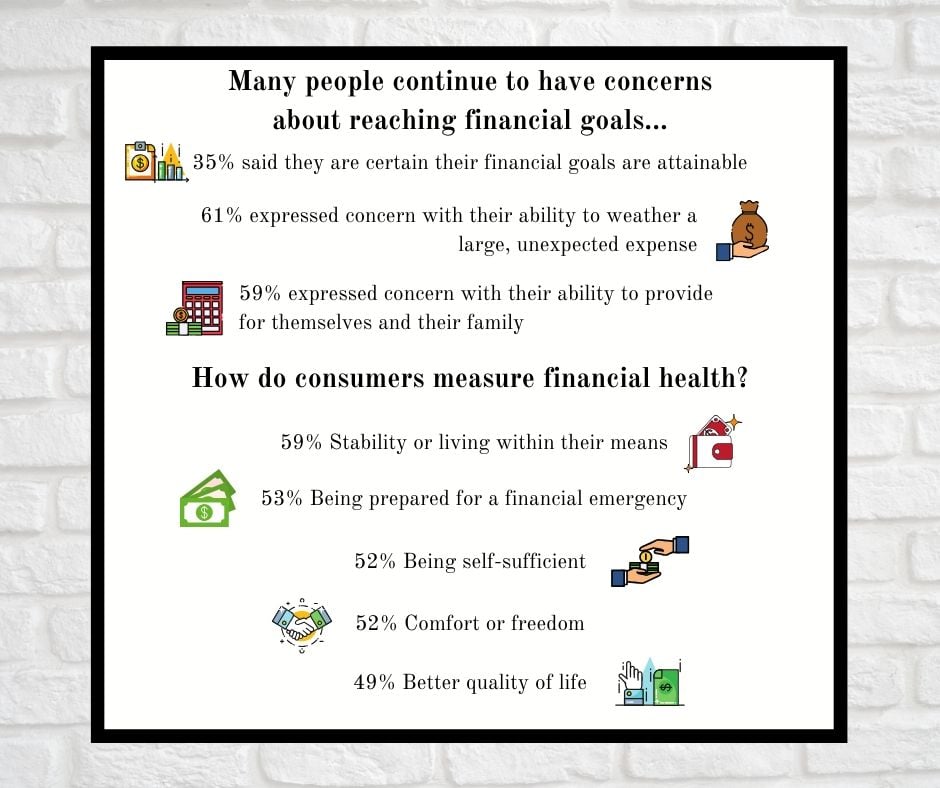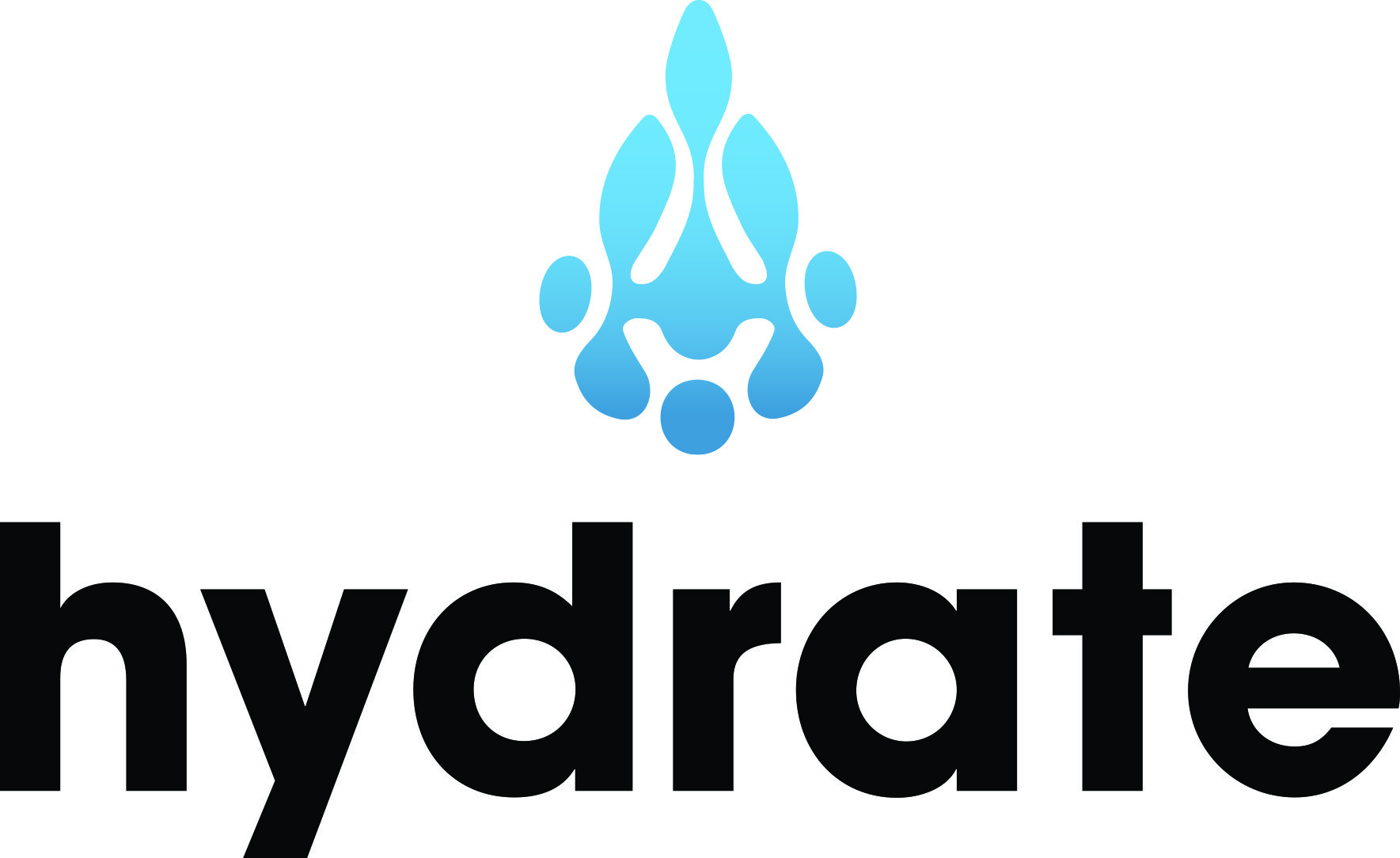If you’re a financial advisor, wouldn’t it be helpful if you could find out exactly what your prospects are concerned about? If you could, it would allow you to craft your messaging to address those concerns and use targeted digital ads to reach those who have them. We have good news for you!
Facebook commissioned Audience Theory and Ipsos to survey 1,000 consumers, including those who have bank accounts and those who don't, aged 18 and over. They then put together an article and infographic that summarizes the information they found. Here are some of our favorite statistics from the survey...

As you can see from the infographic above, consumers have many financial fears. Plus, it’s not always easy for people to face them and figure out how to make their situation more comfortable. The process often requires navigating through a sea of jargon-heavy articles and “professionals” who are more concerned with making money for themselves than acting in the client’s best interest as a fiduciary.
Financial advisors who truly believe in providing clients with unbiased and personalized advice often struggle to find, much less reach, this audience of fearful consumers. The best way to make yourself available to those ready for financial help is to run digital marketing campaigns. The Internet is the perfect place to show that you can help quell financial fears. Here are five easy ways to start using digital marketing in a way that will grow your client base...
- Optimize your website.
Modern websites need to be much more than online brochures. Your website should be your main marketing tool. This means you must ensure it’s attractive, up-to-date, informative, fully functioning, includes SEO keywords and phrases so the site is easily found, and is designed to move today’s empowered consumer through the Buyer’s Journey. Many people figure out who they’d like to do business with by conducting online searches. When asked to rank the most compelling financial content delivery methods, those who responded to the previously mentioned Facebook survey ranked “website” within the top three. This is why yours must be optimized; you want people to find you online and quickly deduce that you have the answers they seek.
- Create solution-based content.
Your content (website, blogs, emails, social media posts, etc.) is how you prove that you are not just selling services and products, but solutions. So, write pieces addressing the financial fears many modern consumers share, such as those reported in the Facebook survey and any other common issues you’ve encountered. Use content creation as an opportunity to show that you understand these worries and that you are ready to help.
- Be active on social media.
You should also share solution-based content on your social media profiles. Platforms such as Facebook, LinkedIn, Twitter, and Instagram are places modern consumers research before doing business with a company. Posting often can help you prove you know what you’re talking about. You should also be engaging in places beyond your pages. A great way for financial service providers to do this is by joining relevant groups on Facebook and LinkedIn. Here you can join conversations and share your unique and helpful perspective, thus gaining the trust of those who see your comments. According to the previously mentioned study, around half of weekly Facebook users surveyed expressed interest in groups that provide financial content. The numbers don’t lie! Get in there and get commenting.
- Respond to social media users.
Not only should you be sharing content and commenting on other pages, but you also need to be monitoring social media regularly so that you can respond to consumers who may come to the platforms with specific questions. You may receive some of these questions as comments on posts, but when discussing someone’s finances, you should move these conversations to Messenger. Private messaging is the best of both worlds because it’s a way to connect with people who prefer to communicate on social media, but it’s still personal and discreet. According to the Facebook study, around half of all US consumers surveyed said they’d be comfortable receiving financial information and advice over chat and messaging apps.
- Incorporate video into your content and communications.
Video is truly the preferred online content, especially for younger demographics. Many people learning about finance and retirement planning may not understand more complex concepts. Video is a great way to comprehensively cover some of these topics because it is visual and engaging. You could try a Q&A. This is a great format for addressing frequently expressed concerns. It’s also a great format for live videos! We highly recommend going live as it’s fairly casual and personal, making it a great tool for gaining trust. Video is so popular and compelling that we recommend hopping on video calls and conferences instead of picking up the phone. It helps with connection in situations where you can't meet up face-to-face.
Digital marketing is perfect for anyone who wants to deliver valuable information to consumers and prove you’re a thought leader in the financial field worthy of consideration. It allows you to meet prospects right where they’re at – online! Digitally show these prospects that with you on their team there’s no need to fear and there’s a much greater chance that they’ll turn into clients!








